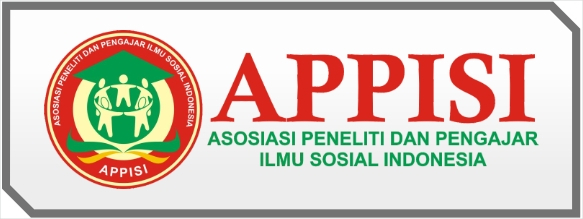Analysis Of Bilal's Characteristics In Bilal's Film: A New Breed Of Hero By Ayman Jamal: Don't Have To Be Noble To Give Meaning
DOI:
https://doi.org/10.55606/ijel.v1i1.30Keywords:
Bilal's Characteristics, Slavery, Equality, Freedom, Animated FilmAbstract
Bilal: A New Breed of Hero is the first feature-length animated film from the United Arab Emirates and a Barajoun Entertainment film to win the award for Best Inspiring Movie in the Animation category. Bilal bin Rabbah himself was one of the companions of the Prophet Muhammad. Even so, this film was made by not highlighting Islamic studies in depth so that it can be accepted by various groups, not only Muslims. This film tells the story of Bilal's struggle from childhood to old age to be able to free himself and other people from Umayyah slavery. Bilal struggles for freedom, truth and justice which is impossible for him because he has been a slave all his life without being able to put up a fight. This study aims to determine the characteristics of the main character in the film Bilal: A New Breed Of Hero, namely Bilal bin Rabbah who fights for human independence from other human possessions in the path of truth, namely the teachings of Islam, and fights for the rights that should be owned by every human being. man. By using descriptive qualitative research methods, the existing data were collected by watching and recording the main points of the film Bilal: A New Breed of Hero. The results of this study indicate that the characteristics possessed by Bilal Bin Rabbah are: (1)Courageous (2)Never give up (3)Have a high fighting spirit (4)Firm stance (5)Patience (6)Forgiving (7)Ready to face risk (8)Loves to Help (9)Hard Worker (10)Cares for the Surroundings.
References
Barrick, M. R., Mount, M. K., & Li, N. (2013). The theory of purposeful work behavior: The role of personality, higher-order goals, and job characteristics. Academy of management review, 38(1), 132-153.
Baym, N. K. (2015). Personal connections in the digital age. John Wiley & Sons.
Cho, J. Y., & Lee, E. H. (2014). Reducing confusion about grounded theory and qualitative content analysis: Similarities and differences. Qualitative report, 19(32).
Hasan, Z., Boostanimehr, H., & Bhargava, V. K. (2011). Green cellular networks: A survey, some research issues and challenges. IEEE Communications surveys & tutorials, 13(4), 524-540.
McCusker, K., & Gunaydin, S. (2015). Research using qualitative, quantitative or mixed methods and choice based on the research. Perfusion, 30(7), 537-542.
Miller, C. H. (2014). Digital storytelling: A creator’s guide to interactive entertainment. Routledge.
Onwuegbuzie, A. J., Leech, N. L., & Collins, K. M. (2012). Qualitative analysis techniques for the review of the literature. Qualitative Report, 17, 56.
Sanjari, M., Bahramnezhad, F., Fomani, F. K., Shoghi, M., & Cheraghi, M. A. (2014). Ethical challenges of researchers in qualitative studies: The necessity to develop a specific guideline. Journal of medical ethics and history of medicine, 7.



















